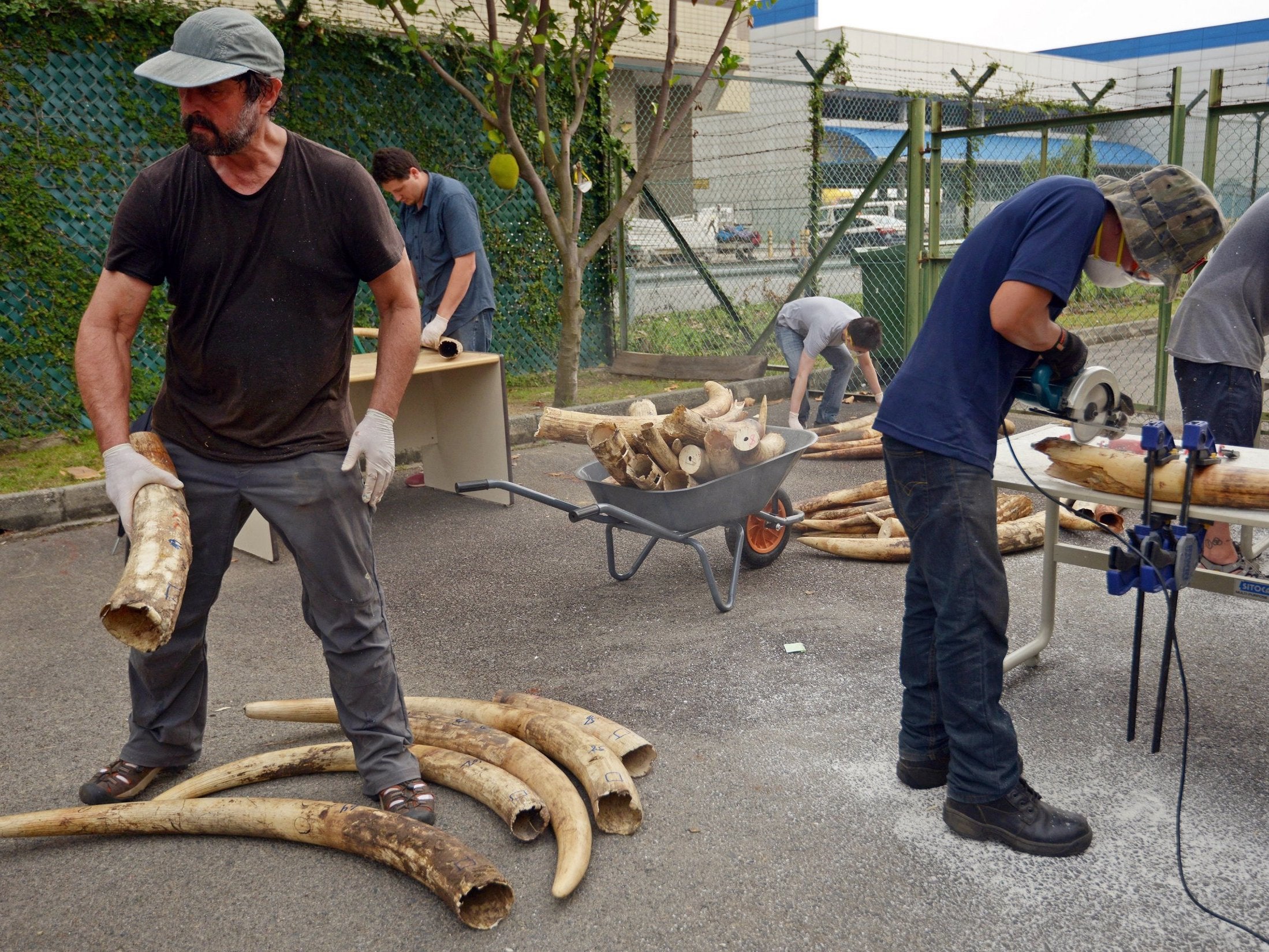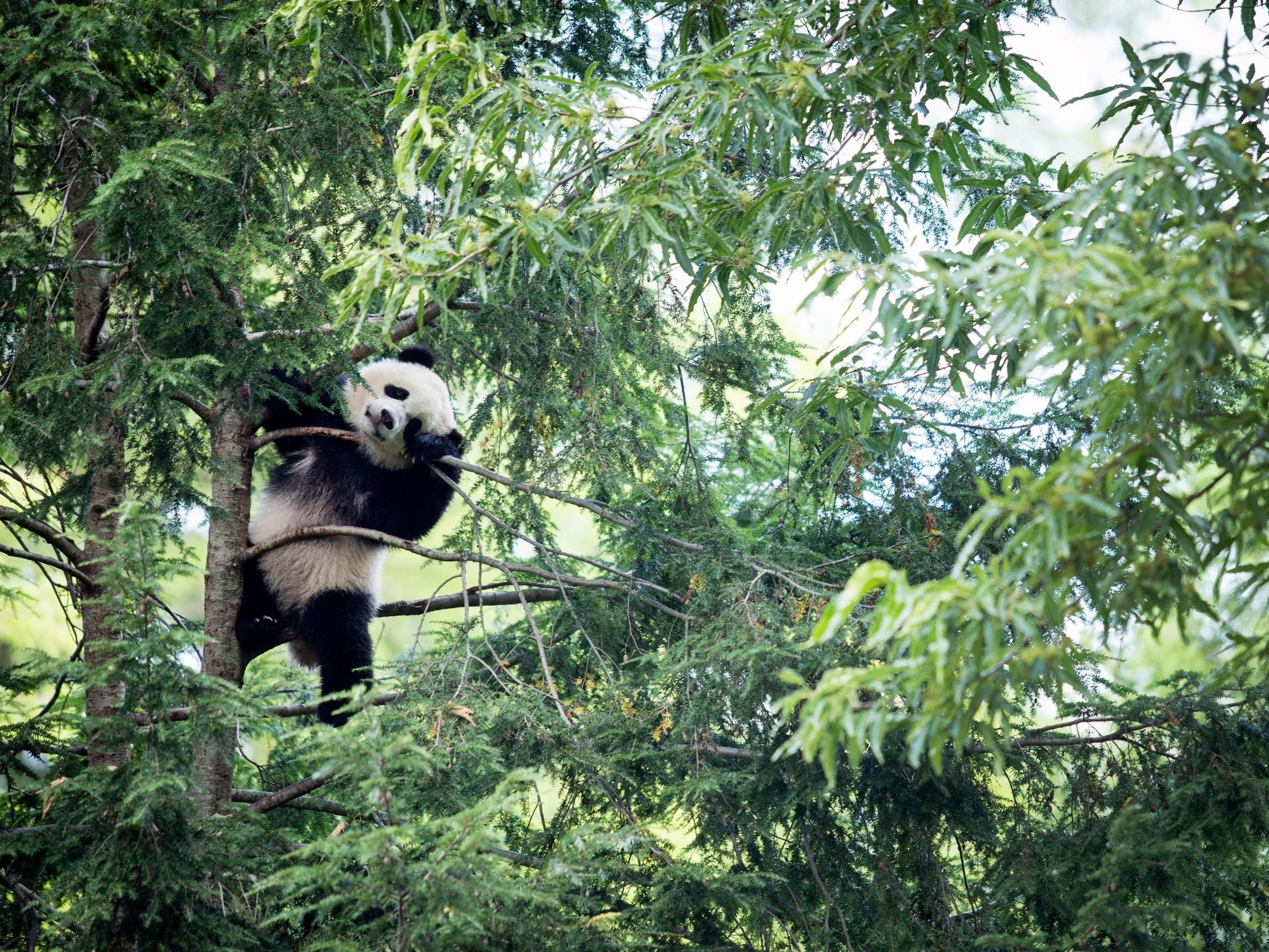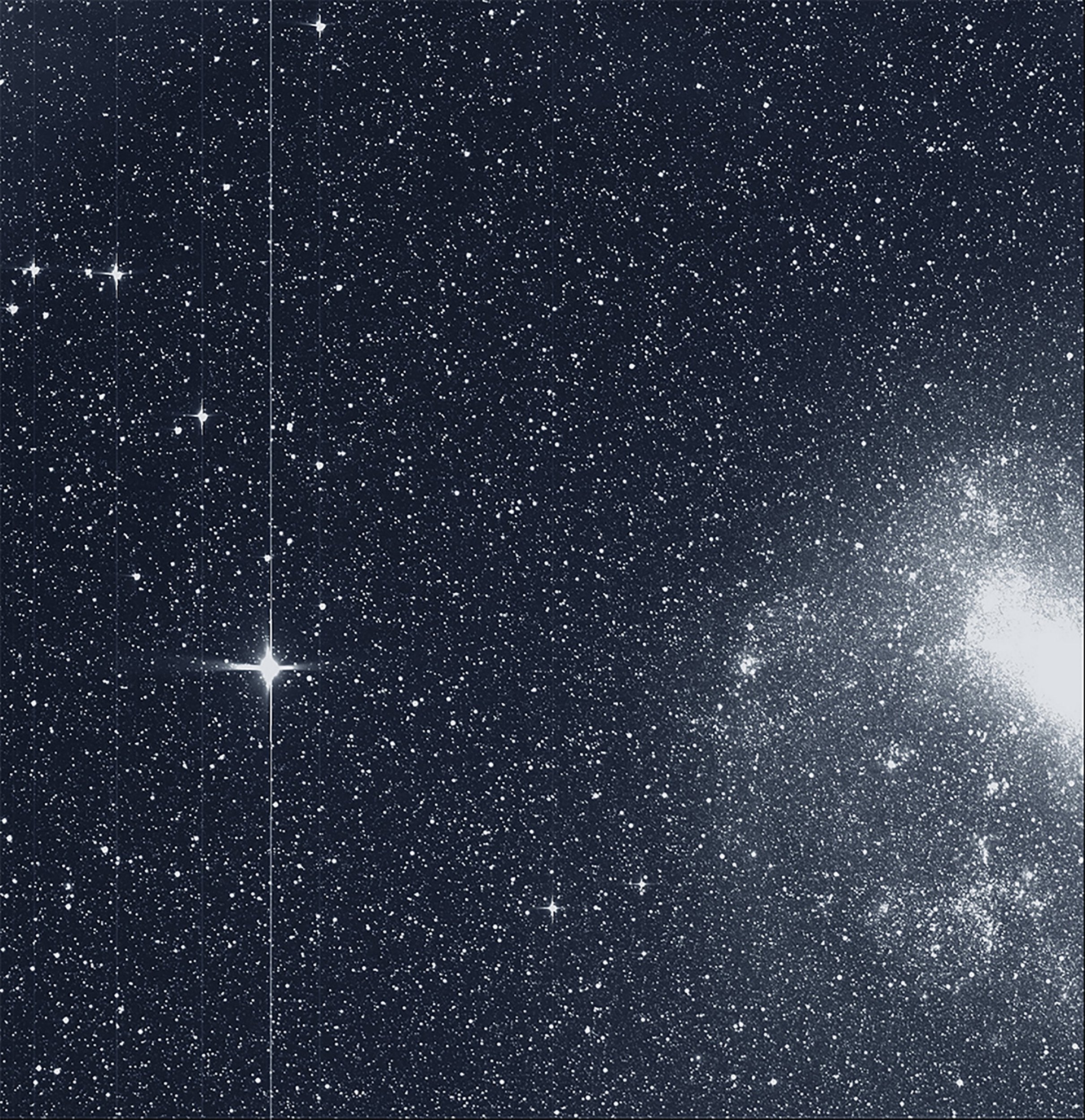Science in brief: From elephant DNA helping to track poachers to pandas' mating calls
And other news from around the world

Elephant tusk DNA helps track ivory poachers
Poachers are killing 40,000 elephants a year and, with a global elephant population of just 400,000, it does not take a mathematician to figure out that there is an urgent need to stop the killing.
But it is hard to catch poachers in the act. They operate over a wide area, move just a few elephant tusks at a time and once their ivory contraband reaches a major port, it can be easily hidden among other goods, says Samuel Wasser, director of the Centre for Conservation Biology at the University of Washington.
In a study published recently in Science Advances, Wasser and several colleagues demonstrated an approach he hopes will help catch and convict more international ivory traffickers.
Wasser had already developed a genetic map of African elephants by analysing scat from across the continent. Now, he can link that map with genetic analysis of confiscated tusks to determine where the animal was living when it was killed. This can help law enforcement target areas most susceptible to poaching, he says.
One hot spot is in far northern Gabon, in West Africa, which has lost 60 per cent of its elephant population in the past eight years, says John Brown, a special agent in the US Department of Homeland Security who is involved in prosecutions of ivory traffickers.
“It helps us focus our investigative efforts and our conservation efforts on the ground to attack the problem at the source and also to take down the transnational criminal organisations that are responsible,” Brown says.
Each tusk costs $100 (£76) to genetically analyse and there might be 1,000-2,000 tusks in every seizure, so investigators have to strategically analyse only a sample of each diverted shipment, Wasser says.
Trafficking cartels often separate tusks into multiple shipments. Wasser says researchers can sometimes link shipments by showing that tusks in two different shipments belong to the same elephant or the same family. That way, he says, they can link criminals to more than one shipment, leading to harsher sentences when they are caught.
Wasser urges the governments of countries where the poaching occurs to turn over contraband as soon as it is seized so it can be genetically analysed.

A gut-rrenchingly beautiful view of kidney stones
Kidney stones, the painful urinary deposits that affect more than 10 per cent of people worldwide, are surprisingly dynamic, forming much like microscopic coral reefs, according to new research that could provide insights into how to better diagnose and treat the condition.
The findings, published in the journal Scientific Reports, challenge assumptions by many doctors that kidney stones are homogeneous and insoluble. Instead, they resemble nanoscale coral reefs or limestone formations: complex, calcium-rich rocks with strata that accumulate and dissolve over time, researchers found.
“When doctors find that ugly, boring lump and discard it, they are throwing away the most precise record book we have – a minute-by-minute, layered history of the kidney’s physiology,” says Bruce Fouke, a geology and microbiology professor at the University of Illinois, who led the project.
Dr Brian Matlaga, a urologist and kidney stone surgeon at Johns Hopkins, called the study “a provocative, outside-the-box approach” to a burdensome health issue.
“When we break up kidney stones surgically, some of them are indeed quite beautiful – like a geode, like the rings on a tree, or something you’d hang on your wall,” Matlaga says.
Fouke and his fellow researchers examined more than 50 kidney stone fragments from six Mayo Clinic patients using various light and electron microscopes. They identified organic matter and calcium crystals with ultraviolet light, which uses different wavelengths to make distinct minerals glow.
A high-resolution method, called Airyscan super-resolution microscopy, captured colourful snapshots of organic matter and crystal layers in the kidney stones, “crosscut and truncated” by newer crevices, triangles and other geometrics, Fouke says. The disruptive patterns in the stones showed that the vast majority of the material had dissolved and reformed over time.

Decoding pandas’ come-hither calls
For solitary animals, giant pandas have an awful lot to say to one another. Their vocal repertoire comprises more than a dozen distinct grunts, barks and squeaks, most of which amount to some version of “leave me alone”.
But when mating season rolls around, both male and female giant pandas turn to their preferred come-hither call: a husky, rapid vibrato that is commonly known as the bleat.
The bleat not only alerts other pandas to the presence of an available mate, it contains important information about the vocalist’s size and identity. Given the dense bamboo thicket that limits visual contact in most panda habitats and the brevity of panda mating season – females ovulate just once a year and can conceive for only a few days – the pandas’ ability to perceive the bleat is critical to reproduction among this once-endangered species.
Now, researchers have determined that the bleat works best as a local call. A panda can discern aspects of a caller’s identity, such as its size, from a bleat within about 65 feet, but the caller’s gender is only perceptible within about 33 feet, according to a study published recently in Scientific Reports.
Megan Owen, a conservation ecologist at the San Diego Zoo Institute for Conservation Research and an author of the study, offers a human analogy for how this ability works.
“If you’re walking into a crowded room and someone calls out your name, there’s a certain point where you can identify who that is, or maybe you can identify that it’s a male or female that is calling your name,” she says. “There’s information that’s encoded in that call, but that information degrades over distance.”
To conduct the study, Owen and her colleagues obtained recordings of giant pandas from Chengdu, China, during breeding season. They then played those recordings through a speaker in a section of the San Diego Zoo Safari Park that contains bamboo similar in type and density to a typical panda habitat. By placing recording devices throughout the bamboo, the researchers were able to capture and analyse the bleats from various distances.

Nasa’s Tess starts collecting planets
Somewhere among these grains of celestial sugar and powder puffs of cloudy light there is a planet, perhaps many planets, perhaps even Earth 2.0, as astronomers sometimes call the object of their dreams – a terrestrial look-alike to our own world, a “Goldilocks” place not too hot nor too cold, where Darwin’s dice might have come up sevens.
Perhaps even life.
On 17 September, astronomers who operate Nasa’s new planet-hunting satellite, Tess, released what they call the satellite’s “first light science image”. Taken last August, it covers a swath of the Southern Sky showing stars and constellations and the Large and Small Magellanic Clouds, which are nearby galaxies in their own right, hanging like extragalactic fruit in nearby space.
Within this first patch of sky to be surveyed, Tess, short for Transiting Exoplanet Survey Satellite, has already identified at least 73 stars that might harbour exoplanets, most of them new to astronomers, according to George Ricker, an astrophysicist at the Massachusetts Institute of Technology who leads the project. They all need to be confirmed by other astronomers, Ricker adds.
“Tess is doing great – all that we could have wished for,” he writes in a email.
In an explosion of research over the last three decades, spearheaded by Nasa’s Kepler planet-hunting spacecraft, astronomers have concluded that there are billions of planets, including potentially habitable rocky worlds like Earth, in the Milky Way galaxy. The frequent occurrence of such planets means the closest one could be only 10 or 15 light years from here.
It will be Tess’s job to sniff out those planets, by monitoring the light from stars for periodic dimming or blinking that would indicate that planets are passing in front of them. Its designated prey are those planets close enough for the next generation of giant telescopes in space and on the ground to inspect for more promising signs of habitability or even life. There could be as many of 500 of them within 300 light years, Tess scientists say.
Reporting by Karen Weintraub, Emily Baumgaertner, Douglas Quenqua and Dennis Overbye
© New York Times. Reporting by Emily Baumgaertner, Douglas Quenqua, Dennis Overbye, Karen Weintraub
Join our commenting forum
Join thought-provoking conversations, follow other Independent readers and see their replies
Comments
Bookmark popover
Removed from bookmarks